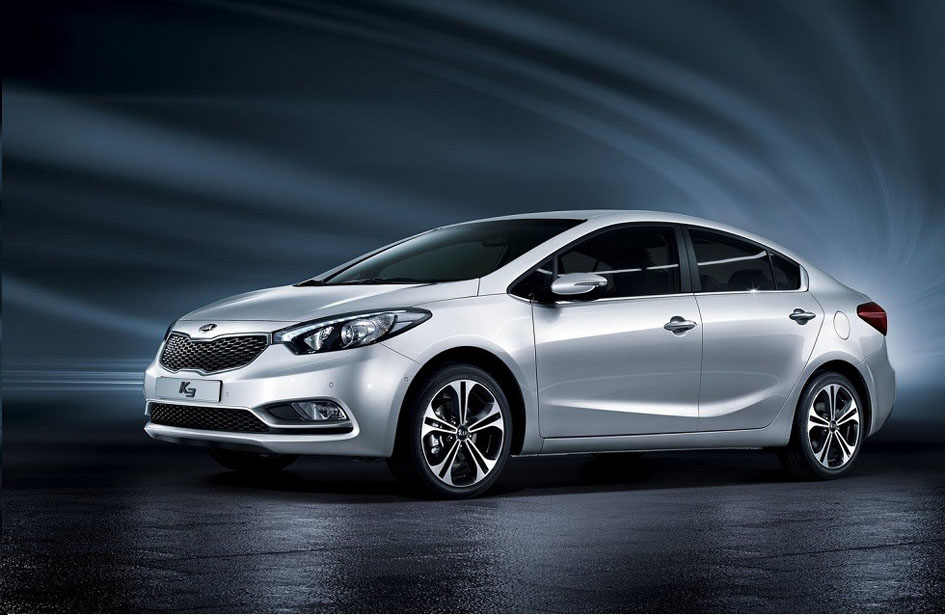Introduction of Automotive Gass
- Providing an appropriate and safe visibility of the perimeter environment for the car occupants
- Providing safety for car occupants in the event of car accidents and the occurrence of unexpected events, such as the collision of foreign objects with the glass

Safety Glass
In terms of the safety, car glass are divided into the two categories of the securit (toughened or tempered) glass and the laminated glass. Generally, the rear and side glass of the cars are of the tempered glass. The tempered glass, undergoing a heat treatment process, is a glass that has a high level of strength and it is resistant to the mechanical and thermal stresses and impacts up to five times more than the annealed glass. Also, in the event of hard collisions and severe crashes leading to the breaking glass, the broken glass pieces of the safety tempered glass are very small and do not have the sharp edges, and this prevents serious injuries to the occupants of the car.

In contrast, the windshield glass of the car is made of the laminated (layered) glass. The laminated glass is actually composed of two layers of glass and a layer of PVB talc (polyvinyl butyral) between them. This talc layer plays a major role in preventing foreign objects from entering the car and preventing the splashing of internal glass scraps on the car occupants in the event of glass breaking.


In the production process of all automotive glass, the production parameters such as the temperature and pressure, and other settings should be optimized in order to ensure that the product is in conformity with the standard requirements (product safety) and its shape and form and curvature are accurate and in accordance with the body of the car, so that no non-standard wave and distortion be observed on its surface.
Today, the use of the dark glass and the transparent glass, preventing the passage of the solar radiation into the car (solar glass), is increasing in the automotive industry. Solar products have a significant share in the products of the Venus Glass Company. The use of the solar glass would improve the comfort of the interior of the car, and the car would consume less power for the ventilation and cooling system.

The production of automotive glass in the Venus Glass Company
The production of the automotive glass in the Venus Glass Co. began at the beginning of 2005 with the supply of the glass of the Peugeot 206 for Iran Khodro Company. Considering the size, bending radius, and the complexity of geometric shapes of glass used in the Peugeot 206, as well as the use of solar glass as the primary material, it has been the most complicated and difficult project of the automotive glass production in Iran. This suggests that the Venus Co. has committed itself to applying the most modern and up-to-date equipment and technology from the glass industry since its early establishment. Hence, all equipment and machinery were purchased and installed from the most reputable Western European factories.

The windshield glass of this car (Peugeot 206) is manufactured using the press bending technology, and the windshield bending furnace used in the Venus Glass is the first and only furnace in Iran that is equipped with this technology. The use of modern equipment with the highest level of automation, along with the participation of the experienced personnel trained in the world’s top glass companies with the up-to-date knowledge of the glass safety, has led the Venus Glass Co. to take the exclusive responsibility of the production of glass for some domestic automobiles manufactured in Iran due to the scientific and process complexities of the production.

At the present time, Venus Glass Co. has the capability of producing the most complicated and sophisticated automotive glass, with having three automatic cutting slots, four fully automatic pre-processing lines, four automatic printing machines (including the only Edge to Edge machine equipped with a printing machine in Iran), windshield production furnace with press bending technology, two bending and securit furnaces (a press bending machine), a de-airing line, two autoclave devices, and the glass test and quality control equipment in accordance with the international standards. However, the development plans of the company show a rise in the technical and technological potential in the near future. All manufacturing machinery in Venus Glass have been supplied from the most reputable European machinery manufacturers including the companies of Glaston (Finland), Bystronic (Switzerland), Benteler (Germany), Scholz (Germany); Vetro Tool (Spain), and Lisec (Austria). Each of these companies is the best brand in their certain industry.


Automotive Products
For many years, glass of cars such as the Peugeot 206, Samand, and Peugeot 405 have been manufactured at the Venus Glass factory for the Iran khodro Industrial Group.Producing the automotive glass for the Kia Cerato commissioned by the Saipa group, and the glass of Jacs3 for Kerman Motors are among the other products manufactured by the Venus Glass Co.After the presence of the world’s leading automobile manufacturers in Iran and the launch of new products, Venus Glass Co. has succeeded in attracting the attention of all of these companies as the top safety glass manufacturer in Iran, and has begun producing glass for some cars such as the Peugeot 2008 and Peugeot 208 for the Peugeot-IKCO, as well as the glass of C3 cars (Sedan and Crossover) for the companies of SAIPA-CITROEN.It is worth mentioning that talks with the companies of Volkswagen and Hyundai (Kerman Khodro) have been started, and soon the production of these cars will begin in Iran using the Venus Glass brand.






